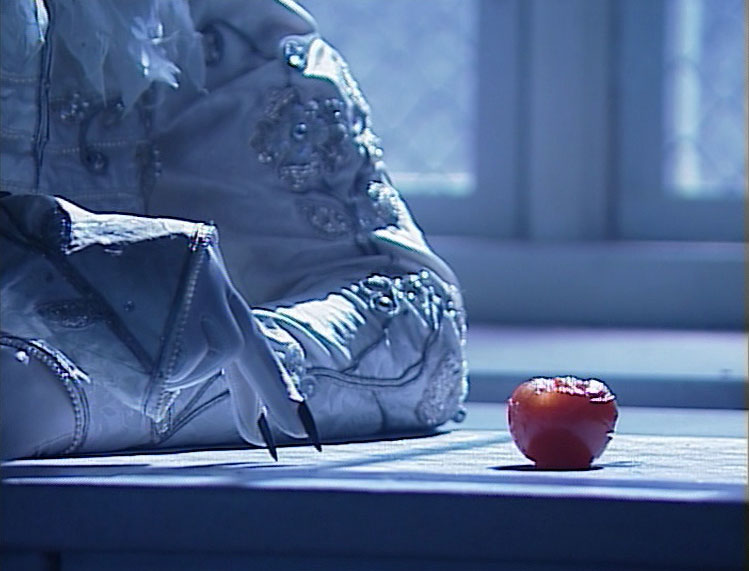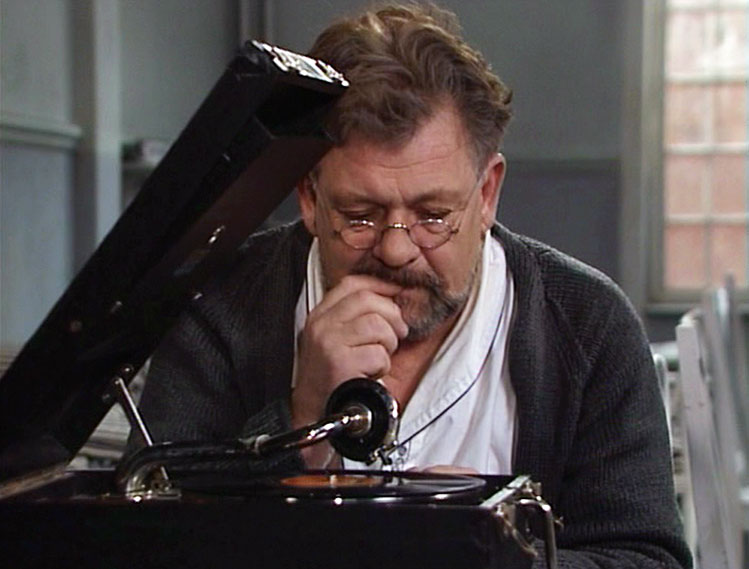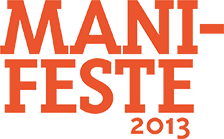Journal
An international festival and multidisciplinary academy, a rendezvous for creation and surfacing artists in Paris, ManiFeste-2013 places music in the center of the arts of time (e.g. theater, dance, film, digital arts). For a month, IRCAM brings together nearly one hundred composers, performers, directors, actors, video artists, choreographers, and dancers – all actors of a temporal plot featuring technology – in a shared expressive space. At the heart of the festival’s scenario are the theatrical writings of Gisèle Vienne and François Verret, the opera Aliados by Sebastian Rivas, a portrait of Yan Maresz, the journey of Heinz Holliger, the presence of the voice and of percussion.
 En présence d’un clown. Film d’Ingmar Bergman © Capricci Films.
En présence d’un clown. Film d’Ingmar Bergman © Capricci Films.ManiFeste-2013 awaits a sudden emergence and editing of reality in the journal of an artist. Fortuitous or necessary, trivial or historical, discontinuous and collective, this journal is written on the stages of live performances: a score of excess and depth for Gisèle Vienne, a montage of tableaux vivants for François Verret, the journal of a life (Holliger-Hölderlin), twisting the records and fading memories of two unlikely allies, Lady Thatcher and the senator Augusto Pinochet in the opera Aliados. Reality? A plausible assemblage. The music? An incessant creation of reality in a wild state. The art of the assemblage gives birth to a state of exception and to certain monstrous figures such as the regicidal anarchist summoned by Mauro Lanza or the vocal icon and the digital instrument making for Philippe Schoeller. Assemblage is still present in the academy with the In Vivo Vidéo, In Vivo Danse, and In Vivo Théâtre workshops led by Heiner Goebbels. The founding action of the assemblage can be found in the very heart of a discipline, or at its edge: create a rhythm and a continuum in a text that is interrupted, in a medium that is modified, in a life that is changed and affected. It is at the very boundary between the electronic and instrumental worlds that the remarkable virtuosity of Yan Maresz – whose portrait is drawn throughout ManiFeste-2013 – is unfurled, work by work, page by page.
ManiFeste-2013 opens the columns of its own journal, L’Étincelle and its new blog to the artists of the future, to those who embrace and practice both history and its creation. If the 20th century was the reign of the super-specialization and rigid boundaries (conceive or perform, intelligible or sensitive), our present shatters these established plans; this is one of the effects of the digital work, the posterity of which is questioned during the festival. Does the musician of the future perform himself and all music? Heinz Holliger, brother in composition with Schumann and Bernd Alois Zimmermann, with Friedrich Hölderlin and Robert Walser, close to testing the limits of insanity, does he incarnate a unique junction between the library and experimentation, between the poem, the music, and the body? Furthest from the unrepresentable and the inexpressible: a writing of life, the eminence of the real.
Marges
In the Presence of a Clown by Ingmar Bergman absorbs a vast array of arts in the unique medium of film, contrary to the aesthetic of substitution or of performance – so poorly name – that replaces expertise with another, discipline that is not mastered.
 En présence d’un clown. Film d’Ingmar Bergman © Capricci Films.
En présence d’un clown. Film d’Ingmar Bergman © Capricci Films.Image in motion and a Dutch painting lit by a candle, dramatic and burlesque theater, film and television, obsessively listening to a lied: these diverse modes of representation follow each other majestically, speeding up the events in the film. Everything takes place in the light of the insanity of Carl Akerblom, an unknown inventor of talking films, who projects an image on a translucent screen. The appearance of a white clown, associated with Schubert’s hurdy-gurdy player, is not simply a clue to the imponderable and of death, Rigor Mortis, its name from the Seventh Seal. This is the margin and the blank space in a text that is interrupted, in a medium that is modified, in a life that is bifurcated and accomplished.
Frank Madlener

